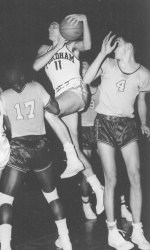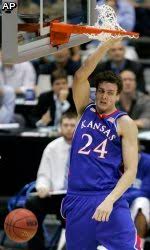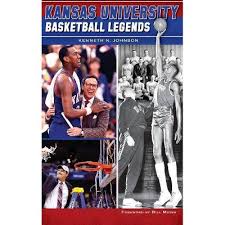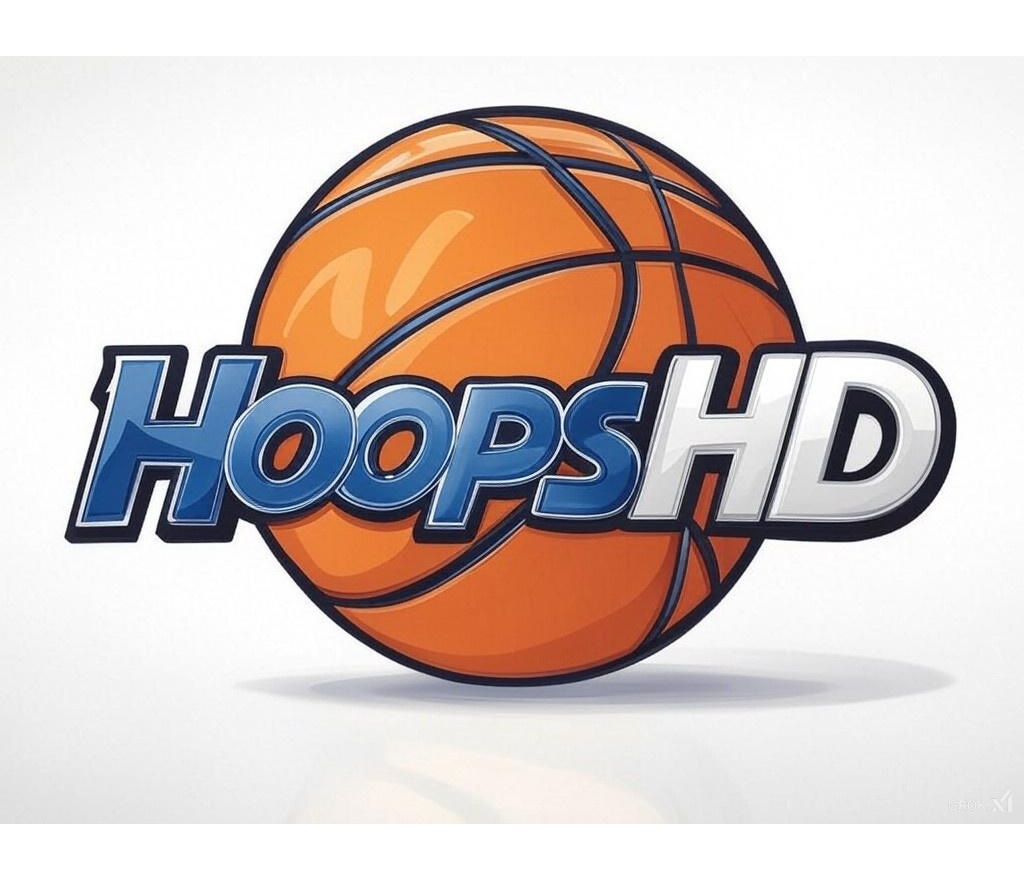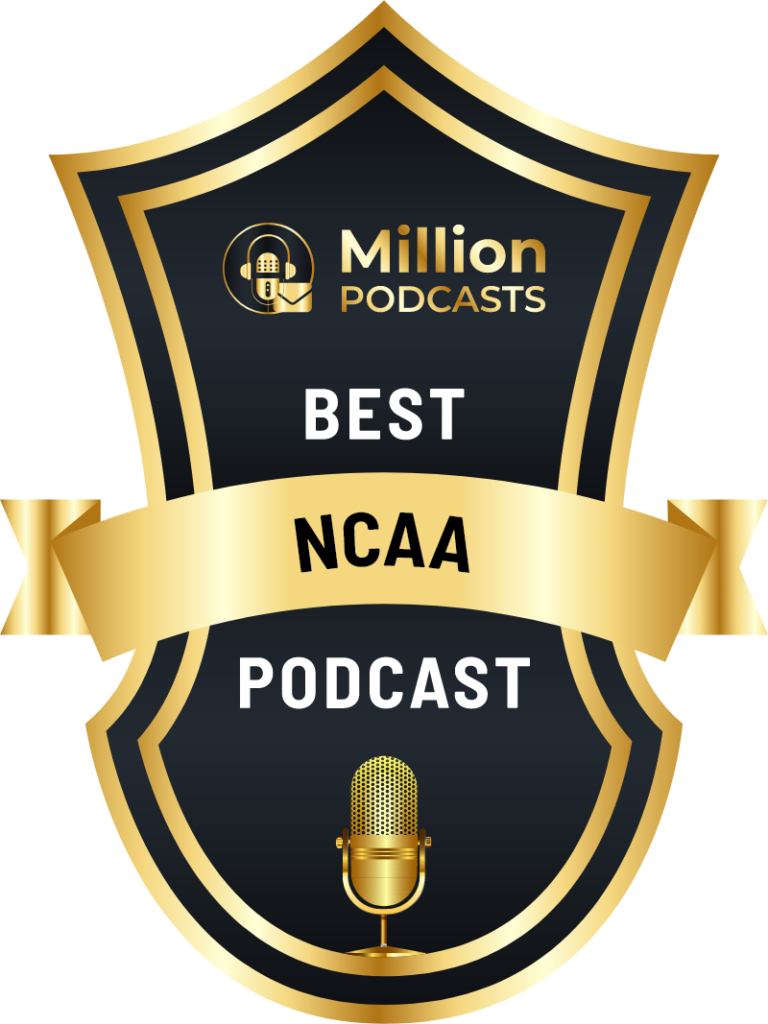With the 2020 NBA draft taking place next week we will spend the days ahead taking a walk down memory lane with a choice collection of players who are celebrating an awesome anniversary this year. From the 1st player in NBA history to score 2000 PTS in a season (70th anniversary) through the 2000 Pac-10 POY (20th anniversary), these stars have all seen their dreams come true in past drafts. We continue our series with Jesse Branson. He attended the 1964 Olympic Trials, was a 2-time All-American at Elon, and made the inaugural 1968 ABA playoffs. Jesse passed away in 2014 but HoopsHD’s Jon Teitel got to speak with him back in the day and is proud to bring you this never-before-published interview about the 55th anniversary of Jesse getting drafted.
You were recruited by UNC Hall of Fame coach Frank McGuire, but after he left in 1961 his replacement (Hall of Fame coach Dean Smith) did not offer you a scholarship: how angry were you when Smith turned you down, and how good did it feel to turn Smith down when he finally offered you a scholarship after your freshman year at Elon? I was a little upset at the time, but it was not too bad because my high school coach had went to Duke and did not think I would enjoy being at a big ACC school because I was just a country boy. It felt good when he came back and asked me to come there after my freshman year.
You attended the US Olympic trials in 1964: how close did you come to making the team and going to Tokyo? It is hard to tell how close I came: there were a ton of players there.
You were a 2-time NAIA All-American/conference POY at Elon: what did it mean to you to win such outstanding honors? It is hard to put into words. Any player likes to be recognized for what he does and to be chosen 1 of the best players around the country made me feel overjoyed. My hard work paid off.
You remain the all-time leading scorer/rebounder in school history almost a half-century after you graduated: did you realize at the time how prolific a player you were, and do you think that anyone will ever break your records? I did not have any idea what kind of player I was. I did not envision my records would stand as long as they had, but some of my records might never be broken due to the way they play these days with a 10-deep team so the minutes are shared more.
In the summer of 1965 you were drafted 13th overall by Philly (2 spots ahead of Flynn Robinson): did you see that as a validation of your college career, or the realization of a lifelong dream of reaching the NBA, or other? Quite honestly, when I started playing college basketball I had no aspirations of going pro. I finally started to think about it during my senior year and to get drafted that high made me particularly proud. There were only 144 jobs available so to get 1 of them meant a whole lot.
You played 5 games that year for the 76ers: what was it like to have Wilt Chamberlain as a teammate? I thought that Wilt was a super guy, although some people did not like him. He and I got along really well and went out a lot on the road to eat late at night: he could not go out earlier because he was a celebrity. I think bar none he is the best basketball player who ever lived.
After sitting out for 1 year with back problems you scored 13.9 PPG in 78 games for the ABA’s New Orleans Buccaneers in 1967: what was the biggest difference between the ABA and the NBA? The biggest difference was the fact that the NBA had bigger centers, but if you throw that out there was not much difference. There were a lot of quality players in the ABA who did not stick around in the NBA.
1 of your teammates was Larry Brown: what was Brown like as a player, and could you ever imagine that he would be a college coach 45 years later? It is hard to imagine staying in coaching as long as he has! I always thought that Larry would go into coaching because he lived/breathed basketball and was like a coach on the floor for us in New Orleans. He has a good basketball mind and knows how to handle/motivate people.
Take me through the inaugural 1968 ABA playoffs:
Connie Hawkins scored a playoff-record 47 PTS for Pittsburgh in a 1-PT win in New Orleans in Game 4 of the Finals: what made Hawkins such a great player, and was he just unstoppable that night? He was a great ballplayer. 1 of the things that made him so good were his huge hands: if the ball got anywhere near him he would catch it. He was not unstoppable: he just had a great game and some of our players who normally had good games did not. We probably beat Pittsburgh more times that year than they beat us. We played them in Memphis and I scored 37 PTS against him.
You had a 9-PT loss at home in Game 7 of the Finals: how devastating was that loss, and what was the feeling like in your locker room afterward? It was heartbreaking for all of us. We had played so well that entire year and it would have meant so much to win the very 1st ABA title. We hung around in the locker room with our heads down for a couple of hours before going out to talk to the people waiting for us.
Your son Brian was also a great player at Elon and was named 1988 Academic All-American of the Year: how proud are you of Brian’s accomplishments, and does he credit at least some of his success to genetics? I am as proud of him as anybody could be. I think that he accomplished more as a player than I did. The only thing I had to do with him was to teach him to give 100% effort and play fundamental basketball. I also taught him to take the blame if he did something wrong. He was not the most athletic player but he got more out of his ability than anyone I have ever seen. He would box out and play solid defense.


